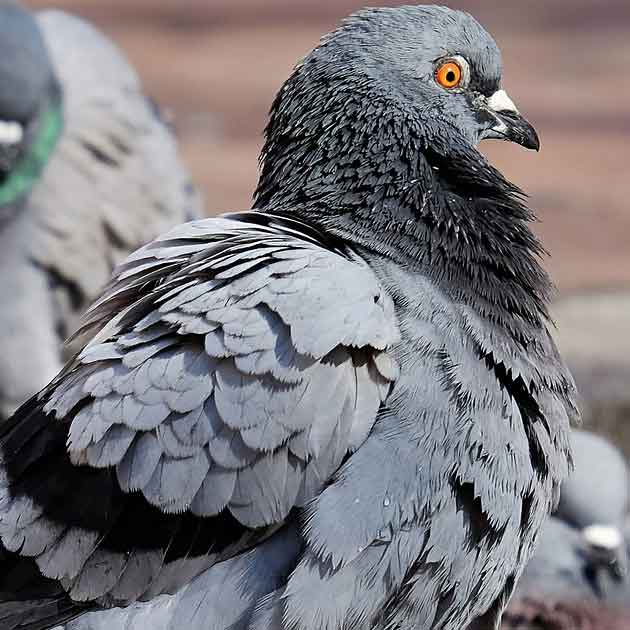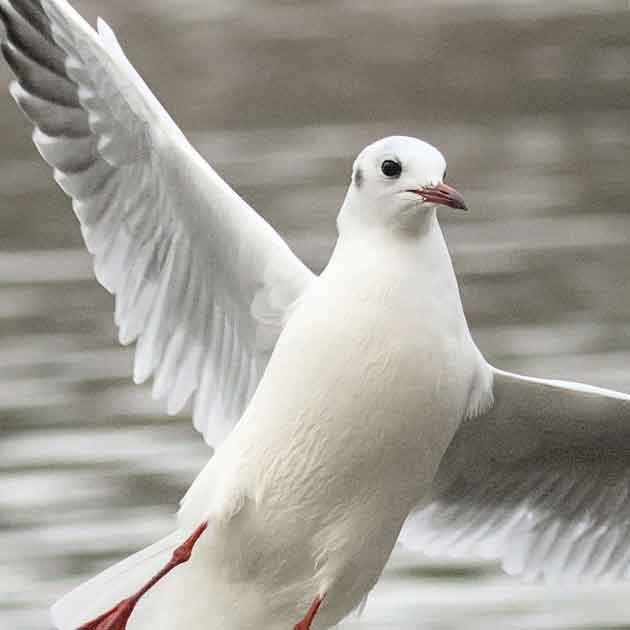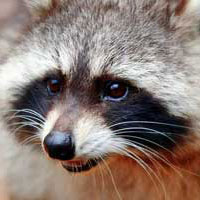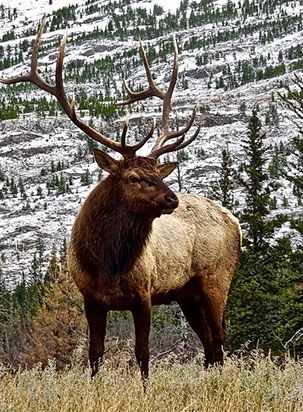 Elk are classified as red deer. Mature bulls average 800 to 1100 pounds, stands 5’ to 5’6" at the shoulder and are capable of breeding at 2 years of age while mature cows average 550 to 600 pounds, stand 4’ to 5’ at the shoulder. The antlers number of points is influenced by genetics and feed, as well as maturity; antlers fall off in March and regrow every year.
Elk are classified as red deer. Mature bulls average 800 to 1100 pounds, stands 5’ to 5’6" at the shoulder and are capable of breeding at 2 years of age while mature cows average 550 to 600 pounds, stand 4’ to 5’ at the shoulder. The antlers number of points is influenced by genetics and feed, as well as maturity; antlers fall off in March and regrow every year.
Elk Identification
The first place to start when identifying an elk is to remember its name, 'Wapiti', which is the Indian name for 'white rump'. Older elk, especially the older bulls will have a light buckskin color to them. Bulls that have a darker, shiny coat will be younger bulls. Deer will have more gray in their coats, and moose will be dark brown to just about all black. The muzzle and head of a big and mature bull will be more massive than that of the younger bulls. A mature bull may weigh from 700 pounds to as much as 1000 pounds live weight, and that would be an exceptional animal. Bulls are bigger than cows as are cows bigger than calves. A cow elk may run from 500 - 800 pounds and calves will be anywhere from around the 100 pound range to several hundred pounds.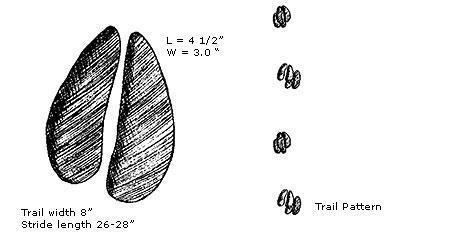
Elk Control
Preventative measures include Exclusion*. Control methods include Live Trapping*, Licensed Trapping*, Physical Capture*, Shooting*, Relocation*, and Destruction of the animal.
*For adetailed definition of each control method please see Animal Wildlife Control Services & Solutions »
Please note that, in contrast to almost all other Ontario animal control operations, as a licensed furbearer trapping company we are able to employ all of these control methods INCLUDING relocation or permanent removal of captured elk.
Elk Damage
Elk have a penchant to dine on valuable agricultural commodities, and of course, due to their sheer size can do considerable damage to rural or urban landscapes.
Elk Breeding
Breeding season is in late August to November peaking in mid to late September in Pennsylvania. This is the time that bulls are in the rut and cows come into estrus. The time of breeding and the time of calving are both adaptations to the availability of forage. *Gestation usually lasts 8 1/2 months. Calving season is late May into early June. Calves are born when new growth vegetation is at its most nutritious. Calves have the summer to grow and store up energy for the hard times of winter.


